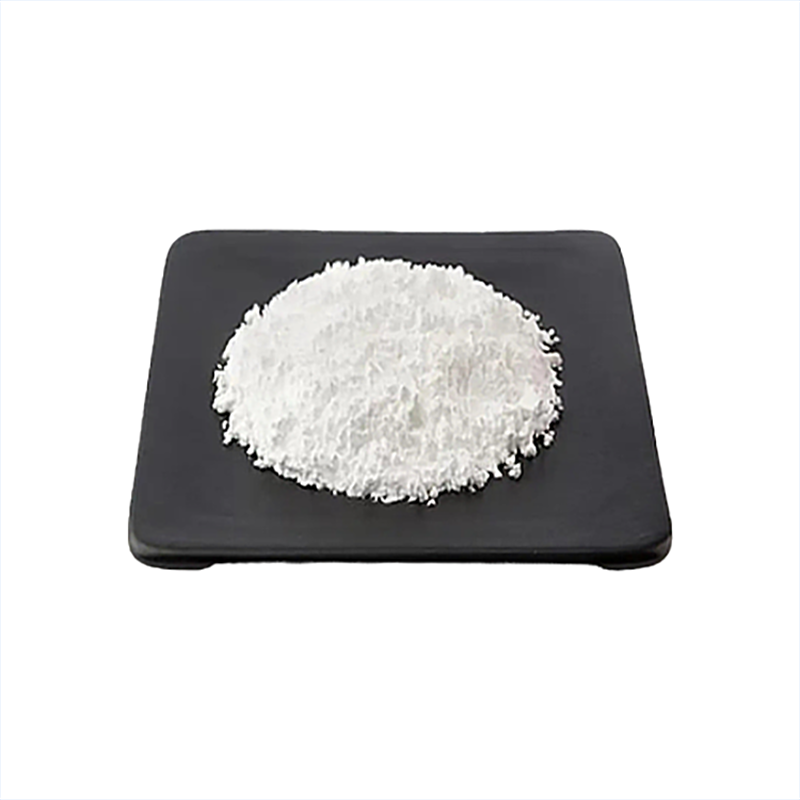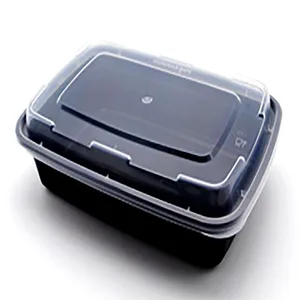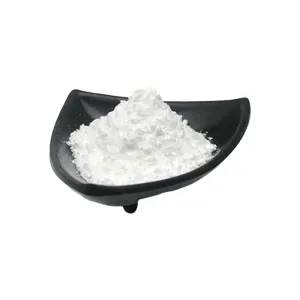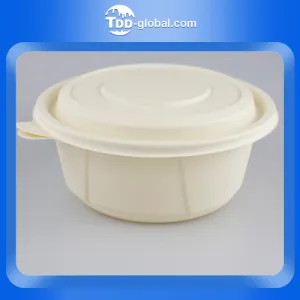C-reactive protein (CRP) is a protein (acute protein) that rises sharply in the plasma when the body is infected or tissue damaged. It activates complement and strengthens the phagocytosis of phagocytes to play a regulatory role in clearing the invading body. Pathogenic microorganisms and damaged, necrotic, and apoptotic tissue cells.
definition
C-reactive protein (CRP) refers to some proteins (acute proteins) that rise sharply in the plasma when the body is infected or tissue damaged. CRP can activate complement and strengthen phagocytosis by phagocytes to play a regulatory role, thereby eliminating pathogenic microorganisms that invade the body and damaged, necrotic, and apoptotic tissue cells , and plays an important protective role in the body’s natural immune process.
characteristic
CRP is not only a non-specific inflammatory marker, but also directly involved incardiovascular diseases such as inflammation and atherosclerosis , and is the most powerful predictor and risk factor for cardiovascular diseases. The interaction between CRP and complement C1q and FcTR enables it to exhibit many biological activities, including host defense response to infection, phagocytosis and regulation of inflammatory response, etc. The combination with damaged cells, apoptotic cells and nuclear antigens also plays an important role in autoimmune diseases.
normal value
Which detection method is used depends on the conditions of each laboratory and the requirements for sensitivity and specificity. Immunodiffusion, radioimmunoassay, turbidimetry, and enzyme-labeled immunoassay methods all have practical value.
Normal value: 800-8000μg/L (immunodiffusion or turbidity method) .
Nursing precautions
1. Do not eat greasy or high-protein foods the day before blood drawing , and avoid drinking a lot of alcohol. The ethanol content in the blood will directly affect the test results.
2. After 20:00 on the day before blood collection, you should fast for 12 hours to avoid affecting the test results.
3. When collecting urine specimens for examination, clean the vulva before collecting urine. The container used should be clean and free of contamination. Chemical substances such as detergents, disinfectants, and preservatives should not be mixed to avoid affecting the examination results.
4. Women should prevent leucorrhea from being mixed into urine. Pay attention to expelling part of the urine first, and then collect the specimen, that is, collect the mid-section urine.
5. Urine should be sent for testing immediately after retention to avoid erroneous test results caused by urine retention.
Related diseases
Malignant myxoma of the left atrium , mucocutaneous lymphaden syndrome, Takayasu arteritis, microscopic polyangiitis , nonspecific systemic necrotizing small vessel vasculitis , pediatric Historian-Johanne syndrome , pediatric Takayasu arteritis , adult still’s disease, rheumatic fever, pediatric pneumonia
clinical significance
Clinical significance of CRP measurement:
(1) The levels of acute inflammation, tissue damage, myocardial infarction , surgical trauma, radiation damage and other diseases increase rapidly within hours after the onset, and tend to increase exponentially. When the disease improves, it quickly drops to normal, and its increase is positively correlated with the degree of infection. The patient’s CRP increases after surgery, and the CRP level should decrease 7 to 10 days after surgery. If CRP does not decrease or increases again, it indicates possible complications such as infection or thromboembolism.
(2) CRP is closely related to other inflammatory factors, such as the total number of white blood cells, erythrocyte sedimentation rate, and polymorphonuclear leukocytes. There is a positive correlation with WBC. Plays an active role in the inflammatory response and gives the body non-specific resistance. When a patient’s disease attacks, it can rise earlier than WBC and return to normal quickly, so it has extremely high sensitivity.
(3) Help identify types of respiratory infections. CRP can be used for the differential diagnosis of bacterial and viral infections: During bacterial infection, CRP levels increase; while during viral infections, CRP does not increase or is slightly increased. Therefore, the CRP value can help doctors identify the type of respiratory tract infection and be targeted. of medication and treatment.
(4) CRP is elevated in patients with malignant tumors . For example, the joint detection of CRP and AFP can be used for the differential diagnosis of liver cancer and benign liver diseases, and can be used to judge the efficacy and prognosis of liver cancer. CRP increases before surgery and decreases after surgery, and its response is not affected by radiotherapy, chemotherapy, and corticosteroid treatment, which is helpful to evaluate the progression of the tumor.
(5) Assess the severity of acute pancreatitis . When CRP is higher than 250 mg/L, it indicates extensive necrotizing pancreatitis.
(6) Using the ultra-sensitive latex enhanced method to measure CRP can improve the sensitivity of the measurement and can be used to predict the risk of coronary heart disease and myocardial infarction .

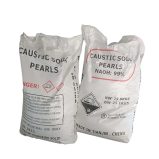
 June 3, 2024
June 3, 2024 

